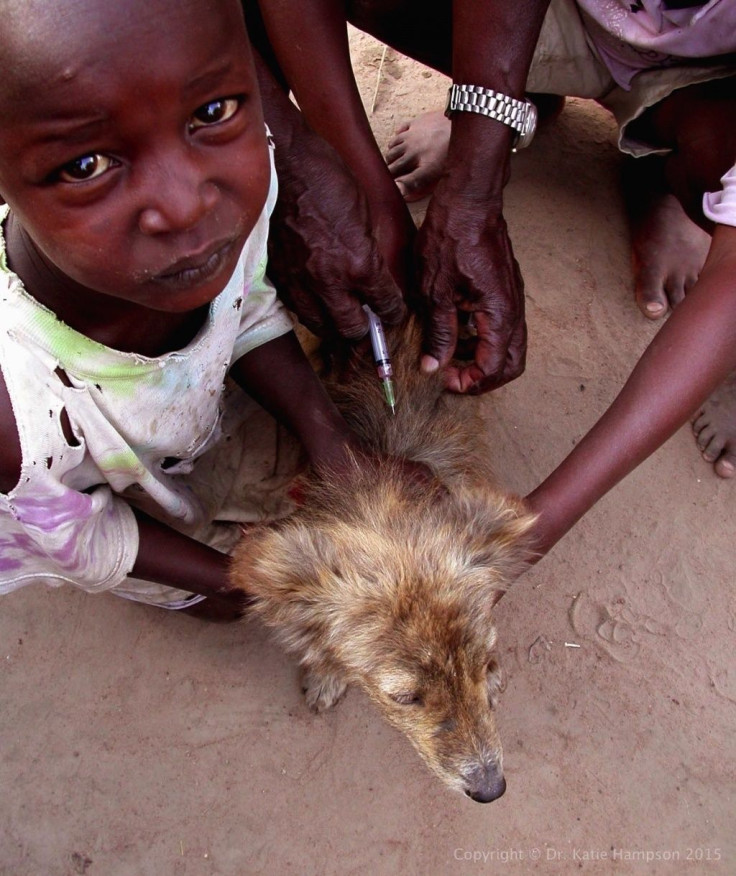Rabies Kills 160 People Every Day, Says Report On International Prevalence

For much of the world, the only knowledge of rabies is from Old Yeller and To Kill a Mockingbird. In poorer countries, however, the disease is still very much a constant danger. A recent study has revealed that the virus kills 160 people a day — that’s a staggering 59,000 deaths a year. The Global Alliance for Rabies Control, the organization behind the study, hopes that raising awareness of the issue will help to better control it.
The report, now published in PLOS Neglected Tropical Diseases, found that loss-of-life is not the only consequence of rabies. It’s also an economic burden, costing an annual loss of around $8.6 billion. This is mostly due to premature deaths, but a fair amount of money is also spent on human vaccines and lost income for victims of animal bites.
Rabies is a viral illness found only in mammals. It spreads through saliva, most commonly via a bite from an infected animal. In Latin, the word "rabies" means madness and rage, and the shocking symptoms of the disease live up to its name. The initial symptoms can occur very soon after exposure and include fever, headache, and vomiting. As the disease progresses, the symptoms worsen. Confusion, hyperactivity, and excess salivation are soon to follow. Difficulty swallowing is also a symptom associated with the virus that causes an aversion to water, which is why the illness is also referred to as hydrophobia. Death can occur within days of the onset of these symptoms.
The study, led by Dr. Katie Hampson of the University of Glasgow in Scotland, is the first to explore the global extent of canine rabies and the efforts being made to control it.
“The breadth of data used in this study, from surveillance reports to epidemiological study data to global vaccine sales figures, is far greater than ever analyzed before, allowing this more detailed output,” Hampson explained in a press release.
Rabies is a completely preventable disease, with canine vaccination proving the most effective method of prevention. Hampson and her fellow researchers hope that their data can be used help raise awareness of the importance for pet vaccination, which may in turn improve access to such drugs.
Countries across sub-Saharan Africa have some of the highest death rates, but India has the single highest number of fatalities for a single country, at over 20,000 deaths annually. However, incidences of rabies persist throughout the world. In America, there are an average of one or two rabies-related deaths per year, although this is nearly exclusive to individuals who do not seek medical attention following exposure.
The study researchers believe that no person should ever die of rabies. Hopefully, a joint international effort will help to make this goal a reality.



























